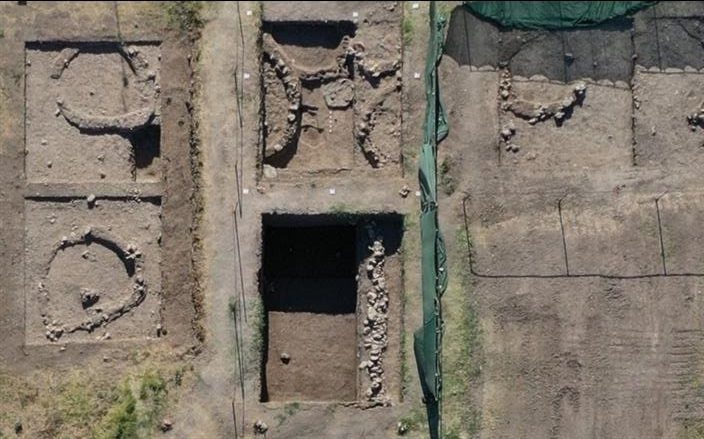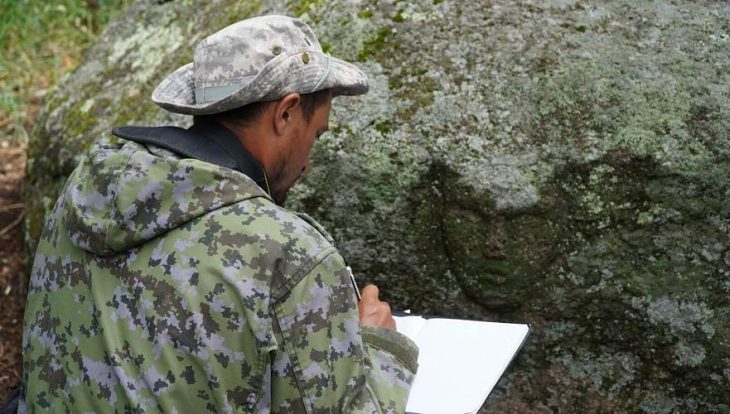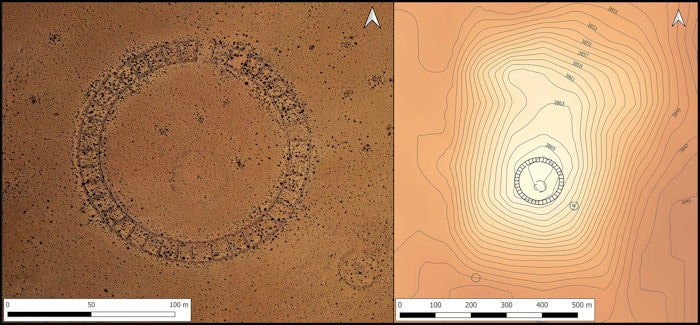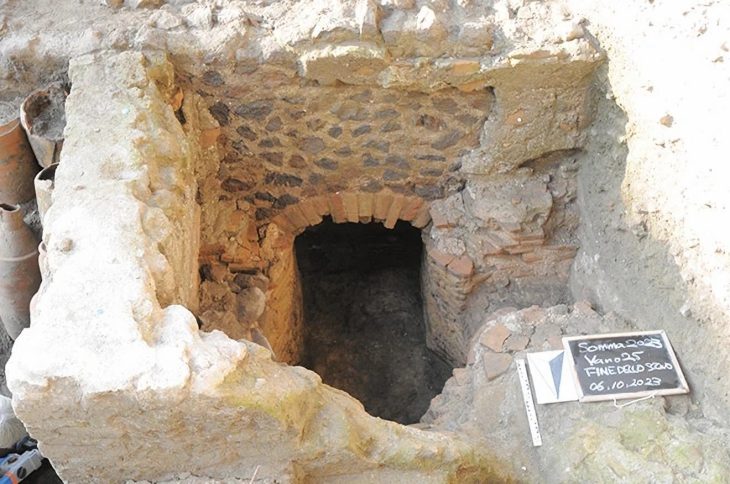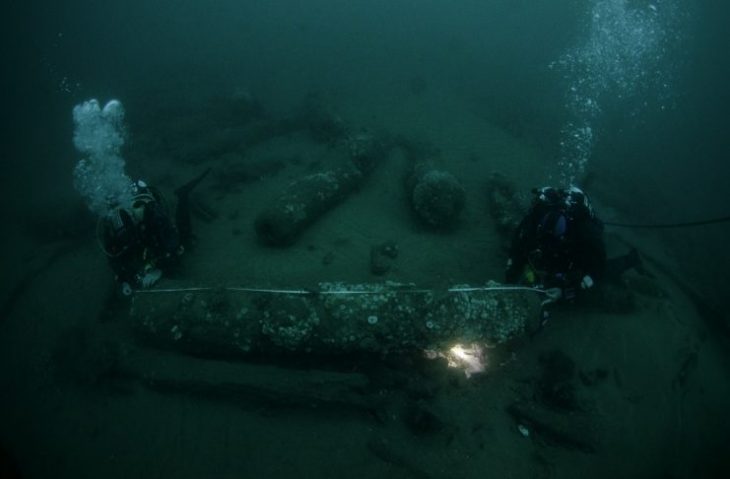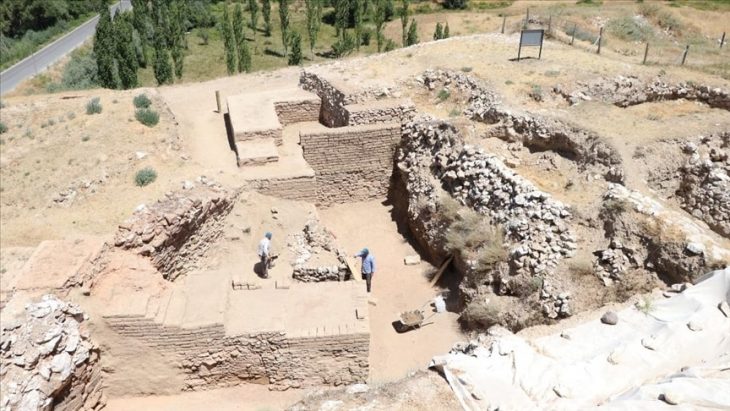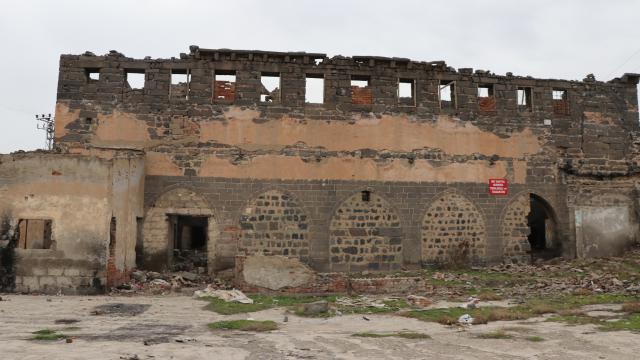Archaeologists in northwestern Turkey’s Bilecik on Tuesday discovered a musical instrument that dates back to an estimated 8,000 years.
During the archaeological excavations that have been carried out for 2 years under an apartment in Bilecik, an 8.000-year-old 3-hole musical instrument was unearthed.
The site, which was one of the first human settlements in western Anatolia, was discovered after a resident reported some ceramic fragments found there to the Archaeology Museum. Excavation works began in 2019.
In the second year of the excavations, the discovery of a 3-hole musical instrument dating back 8,000 years created excitement.

in research also found the remains of 11 human skeletons, einkorn wheat, gernik wheat, bread and durum wheat, barley, lentils, and black vetch.
The excavations initiated by the Bilecik Archeology Museum and the Bilecik Şeyh Edebali University Archeology Department provided access to archaeological data showing that the region was one of the first settlements in Western Anatolia.
Providing information to DHA, Associate Professor Erkan Fidan said, “We have unearthed the first villages of human communities that came here 9 thousand years ago and stayed here for 1000 years. Those who come here are people who know how to farm and domesticated animals.” he said.
Pointing out that people stayed in this fertile area for 1000 years, Erkan Fidan said, “People lived in round-plan houses here, but they used their houses mostly as sleeping places. They spent all their daily lives in the courtyards between the houses, in their gardens,” he said.

3 hole musical instrument found
Stating that the most important find of this year is a 3-hole wind instrument, Fidan continued his words as follows:
“We also found religious objects such as decorated boxes made of terracotta, human-shaped amulets, and animal figures during the excavations. In addition, a skull we found in the courtyard gives us information about the religious life of that period.”
“Among the most important finds of this year is a musical instrument we found from a bone. We think that this musical instrument, which has 3 holes, is a part of a musical instrument that changes sound notes to make sounds. We think that the tool was used thanks to an appliqué mouthpiece attached to this piece.” he said.
Associate Professor Erkan Fidan added that this special artifact will be exhibited at the Bilecik Archeology Museum in a very short time after the restoration process and research are completed.

